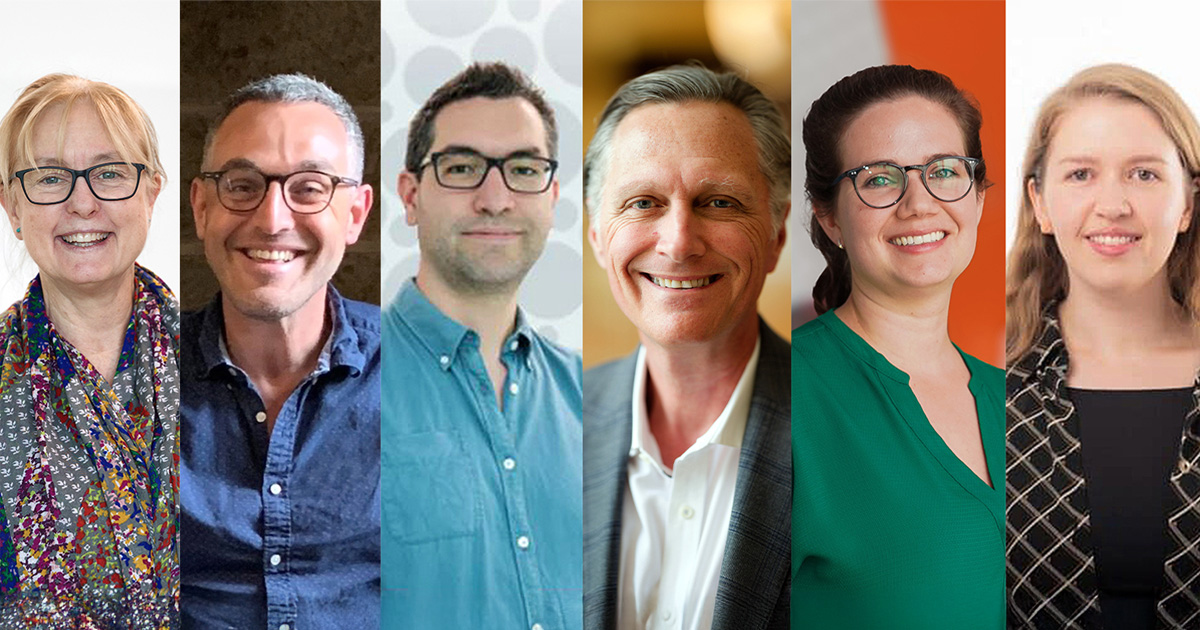Search
Research
Parental Experiences of Supporting the Mental Health of Their LGBTQA+ ChildYoung people who are lesbian, gay, bisexual, trans, queer or questioning, asexual and other diverse genders and sexualities (LGBTQA+) are at greater risk of adverse mental health outcomes and suicide, with additional barriers to accessing safe and affirming physical and mental health services in comparison to the general population.
Research
What supports are people with intellectual disability living in group homes provided to access health care? A case studyPeople with intellectual disabilities living in group homes often have complex health needs, are high health service users and need support from their service provider to access health services. In Australia, little is known about the types and amounts of these supports.
Research
Racism and Indigenous Adolescent Development: A Scoping ReviewPrevious studies on the impacts of racism on adolescent development have largely overlooked Indigenous youth. We conducted a scoping review of the empirical literature on racism against Indigenous adolescents to determine the nature and scope of this research and to establish associations with developmental outcomes.
Research
Shared Decision Making With Young People at Ultra High Risk of Psychotic DisorderWhile the majority of young people who meet the criteria for being considered at increased risk of psychosis do not go on to develop a psychotic disorder, young people are currently being identified and treated in early intervention services.

News & Events
Major grants fuel child health researchSix researchers from The Kids Research Institute Australia have been awarded $8.9 million in prestigious Investigator Grants from the National Health and Medical Research Council.
Research
Improving the Journey Before, During and After Diagnosis of a Neurodevelopmental Condition: Suggestions from a Sample of Australian Consumers and ProfessionalsThe current study used a transdiagnostic approach to explore experiences of consumers and professionals on how the process of assessing and diagnosing neurodevelopmental conditions can be improved.
Research
Empowering Social Competence: A Scoping Review of Digital Social Skills Training InterventionsEffective social skills are essential for functional social support, help-seeking, and resource access. Digital social skills training plays a key role in empowering individuals to develop social competence, improve access to various support and resources, and enhance locus of control through dynamic media.
Research
Resilience and mental health among care leavers: Role of social inclusion, self-determination, and independent living skillsYoung people transitioning from out-of-home care (OHC) frequently experience poor mental health and resilience due to adverse childhood experiences (ACEs). However, there is limited understanding of the factors that mediate and moderate these outcomes. This is the first study to integrate linked administrative and longitudinal data to examine the mediation and moderation effects of placement stability, independent living skills (ILS), social inclusion, and self-determination when examining the association between ACEs and care status on mental health and resilience.
Research
Mental health outcomes for teenage boys and girls following a youth sports development program including a mental health programYouth sports programs provide an opportunity to embed mental health and wellbeing programs to reach young people with mental health support. The aims of this study were to (a) examine mental health outcomes from a youth sports program including a mental health program (Life-Fit-Learning) in adolescent boys and girls, and (b) among the larger cohort of adolescent boys, to examine whether partial or full completion of Life-Fit-Learning yielded different outcomes for boys within healthy and high-risk ranges for anxiety, depression and behavioral concerns.
Research
Mental health assessment of transgender youth - Should standardised psychological measures be scored by norms of birth-registered sex?Standardised psychometric measures are used in mental health care and research settings to identify risk, assist diagnosis, and assess symptom severity. Standardised scoring of these measures involves transforming respondents' raw scores using binary sex norms. However, scoring manuals offer no guidance as to appropriate scoring methods for trans and non-binary respondents.
